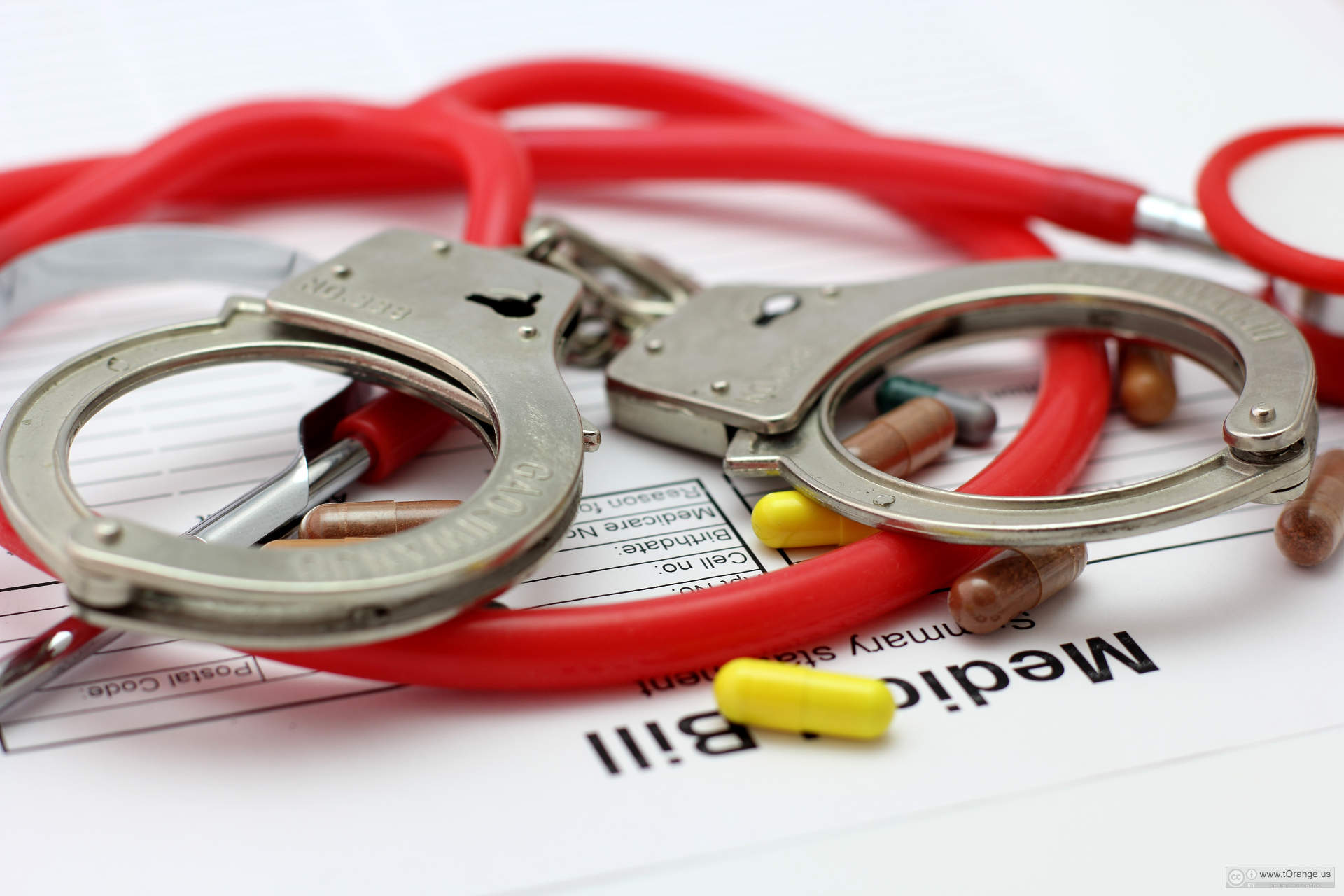The value of providing 24-hour emergency nursing care for people held in police watchhouses is the focus of a new $116,000 research project announced today (Wednesday, October 28).
The research, funded by the Queensland Emergency Medicine Research Foundation (QEMRF), follows recommendations of a 2012 coronial inquiry into the death in custody of Herbert John Mitchell which found it was “inappropriate‟ for police to make medical decisions about watchhouse detainees.
QEMRF researcher and Griffith University Associate Professor Julia Crilly said the aim was to find out whether 24-hour on-site nursing care reduced the need and cost of transferring prisoners to a hospital emergency department for medical attention.
“Apart from assessing whether there would be savings to the health system and taxpayers, the research also aims to meet the coronial inquiry recommendations to improve the quality of health care for prisoners,” said Associate Professor Crilly from Griffith’s Menzies Health Institute Queensland.
She said the QEMRF and Griffith research would evaluate the health outcomes and cost effectiveness of a trial involving Gold Coast Health emergency nurses at the Southport watchhouse.
“Prior to this trial, the watchhouse was staffed a few hours a day by nurses trained in community care,” she said.
24 hour presence
“During the trial, the addition of ED nurses with specialist skills meant there was a 24 hour nursing presence in the watchhouse.
“The nurses could detect and treat more health issues on-site, in conjunction with forensic medical officers who are on-call. This means fewer transfers to hospital.”
Gold Coast Health emergency nurse Katie East, who worked at the watchhouse, said she could see as many as 30 detainees a shift.
“We see all sorts of issues in the watchhouse. Things like drug addiction, wounds, alcohol poisoning, patients with mental health illnesses and chronic health problems like high blood pressure and diabetes,” Ms East said.
“It costs more than $900 every time a prisoner needs to be transported to the ED, which requires two police officers and two ambulance officers as well as hospital resources.
“Having emergency nurses on-hand means fewer hospital transports and police are able to do their jobs rather than waiting in busy emergency departments guarding prisoners.”
The research announcement follows recent media reports which revealed ambulances were called to Brisbane’s Wacol jails an average of 2.5 times a day last year to transfer prisoners to a hospital emergency department.
Some of the ailments were reportedly minor and required only Panadol.
Associate Professor Crilly, who is also employed by Gold Coast Health, said other states were anticipating the results of the research to inform their own practices on medical care for prisoners.
“It’s a great collaboration among QEMRF, Gold Coast Health, Griffith University, Clinical Forensic Medical Unit, Queensland Police Service and the Queensland Ambulance Service,” Associate Professor Crilly said.
The QEMRF-funded research findings are expected next year.
